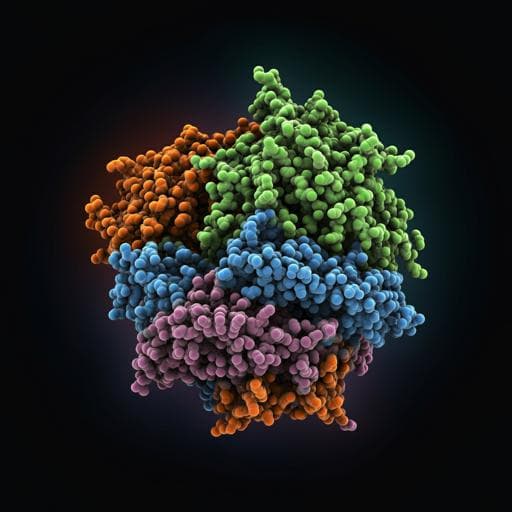
Food Science and Technology
Reference proteomes of five wheat species as starting point for future design of cultivars with lower allergenic potential
M. Afzal, M. Sielaff, et al.
This groundbreaking study explored the flour proteome of five wheat species, revealing significant differences in protein expression linked to product quality and allergenic potential. Notably, einkorn wheat exhibited lower levels of allergens compared to common wheat. Conducted by researchers Muhammad Afzal, Malte Sielaff, Ute Distler, Detlef Schuppan, Stefan Tenzer, and C. Friedrich H. Longin, these findings can significantly aid in breeding healthier wheat cultivars.
~3 min • Beginner • English
Related Publications
Explore these studies to deepen your understanding of the subject.







